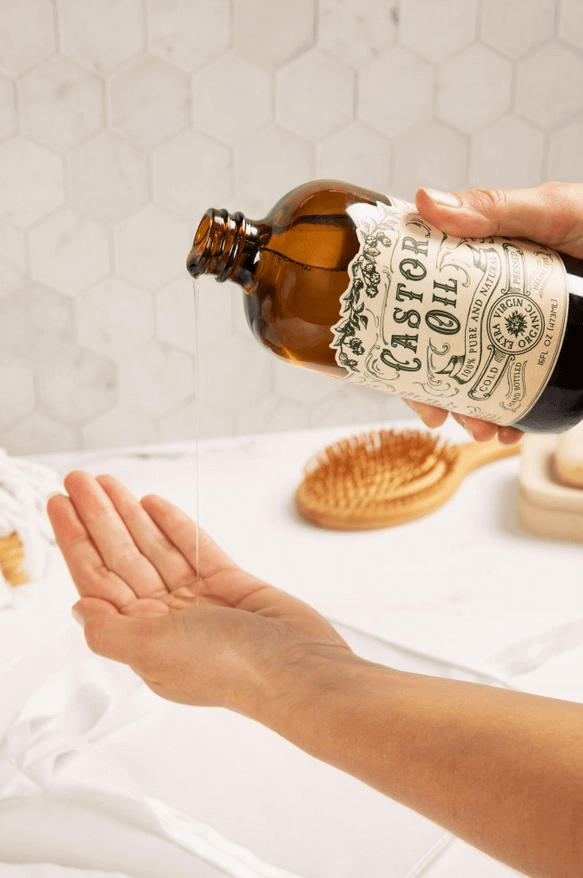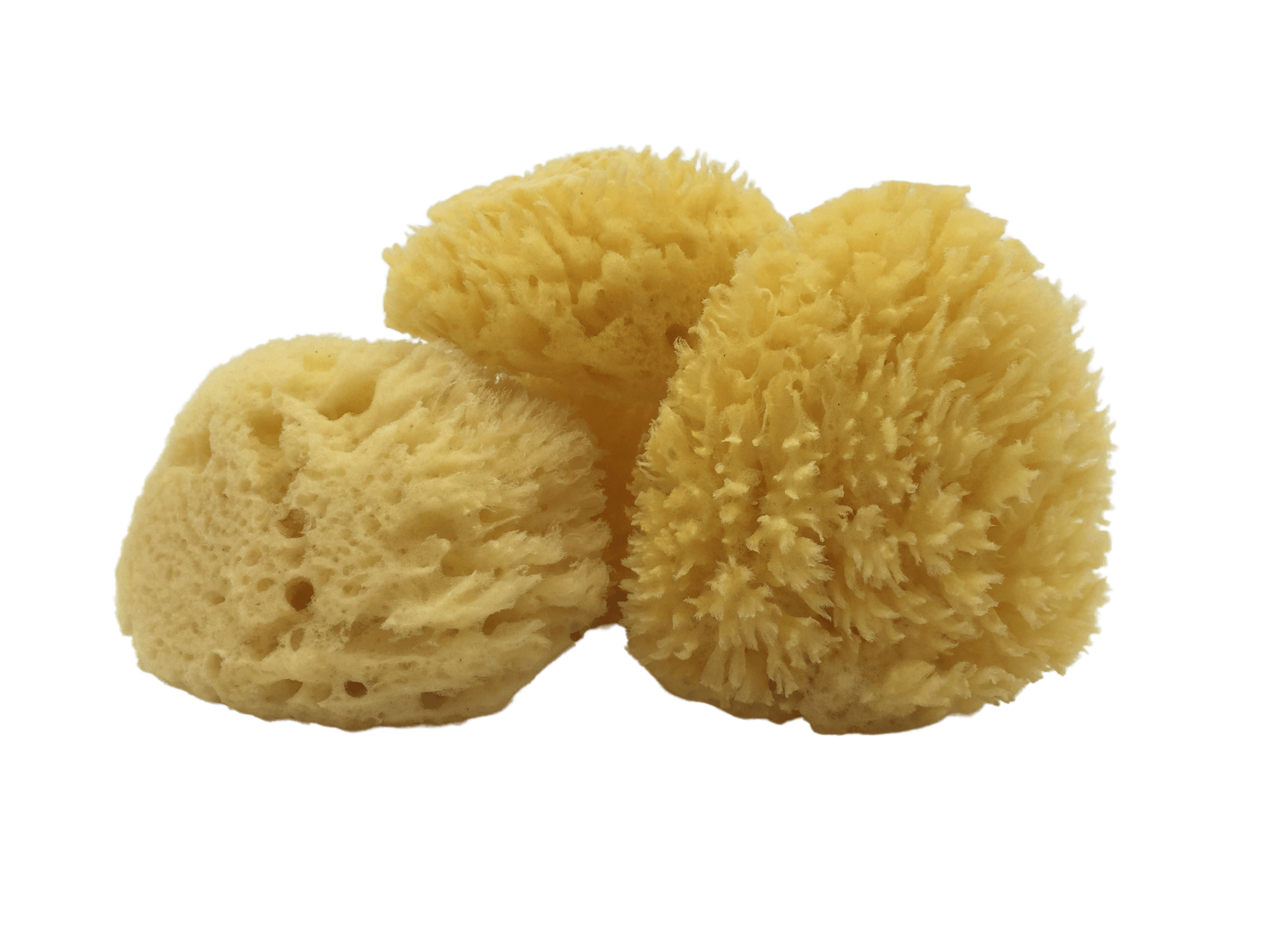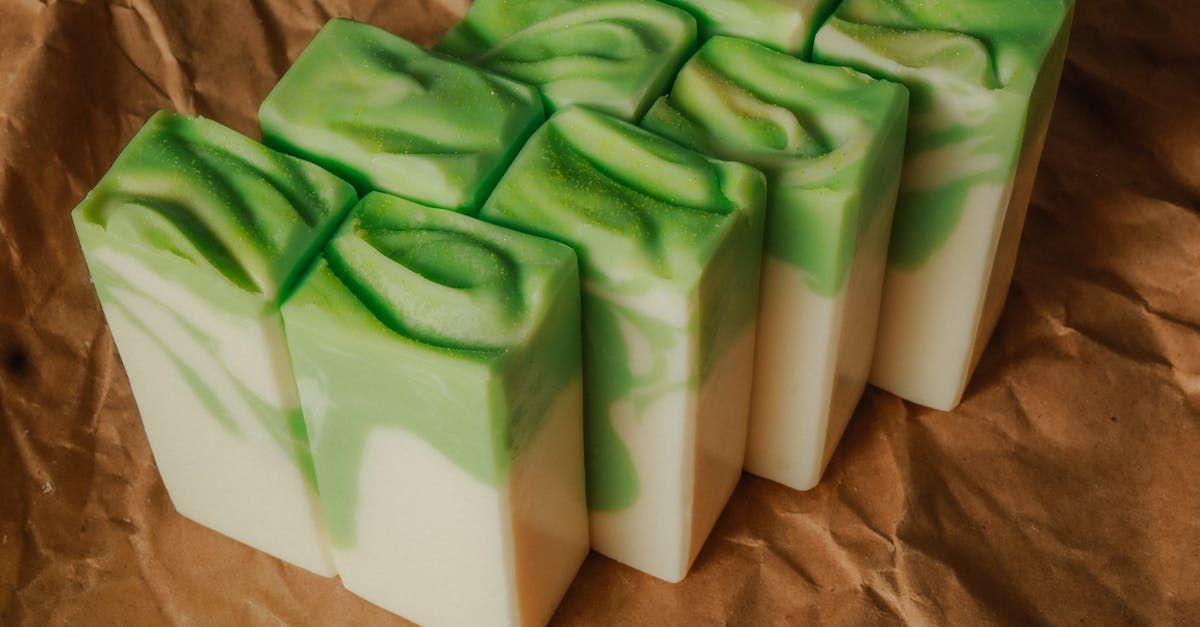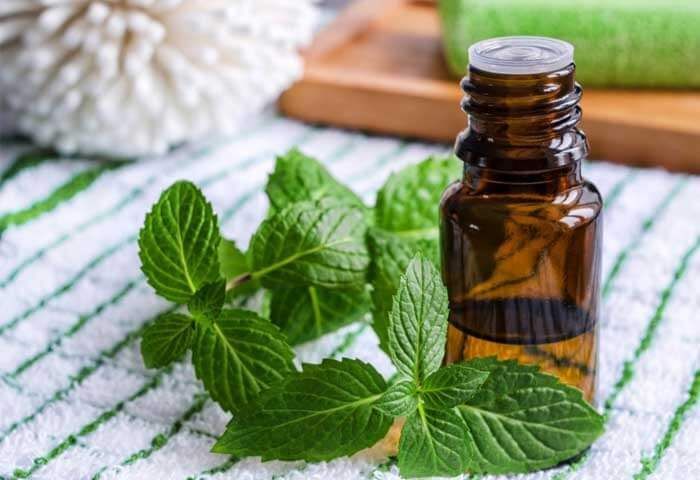The Fascinating History of Beards: How They've Evolved and the Best Way to Care for Them
The Evolution of Beards and Beard Care: A Look Back at the History of Facial Hair
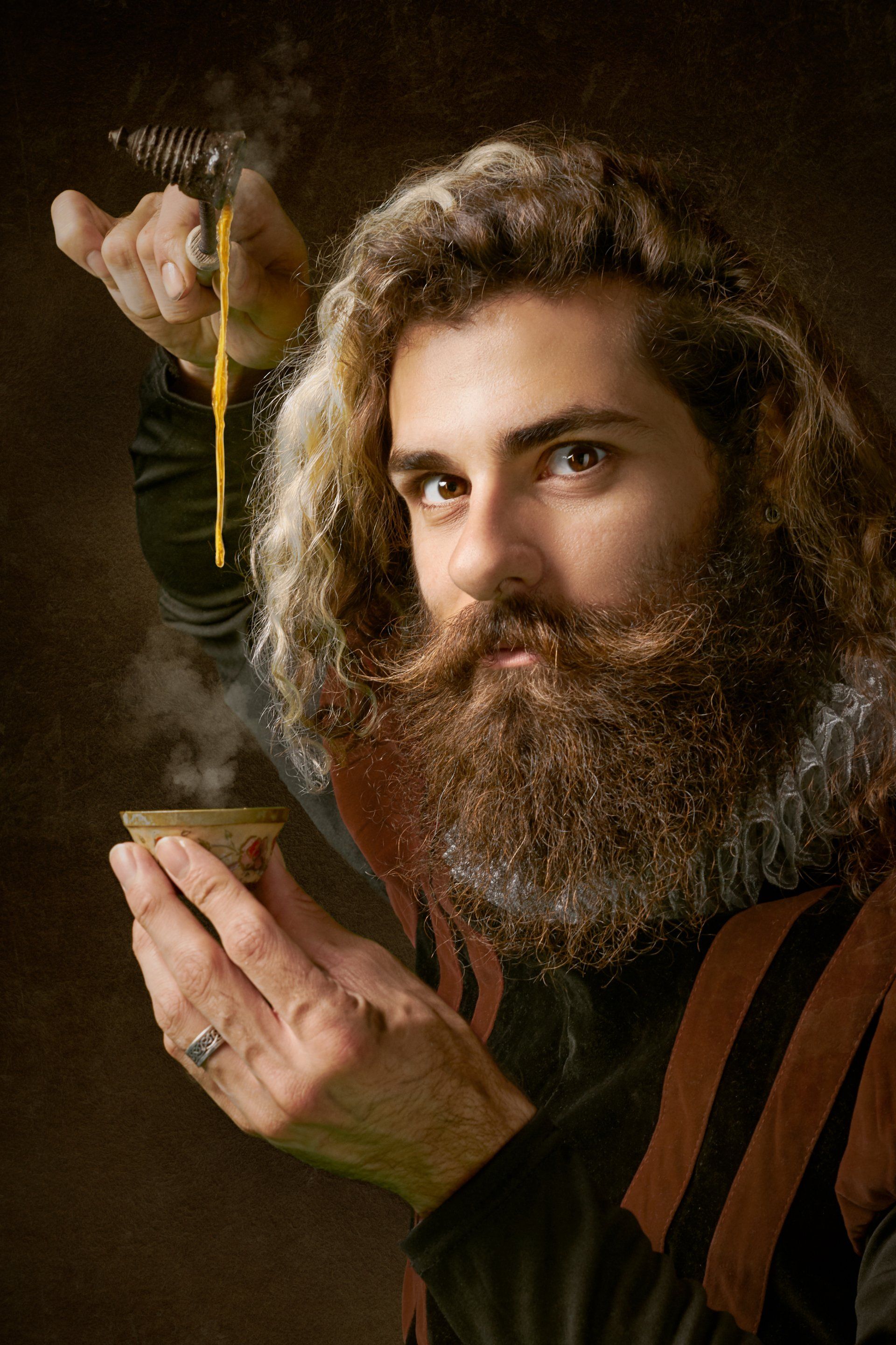
There's something about a beard that just makes a man look distinguished. Beards have been around for centuries, but their popularity has ebbed and flowed over time.
As early as 300,000 B.C., beards were a sign of strength and virility among men in prehistoric tribes. The earliest known human with a beard dates back to 300,000 BCE, discovered by anthropologists who analyzed skeletal remains of Homo sapiens in Europe. In ancient Egypt, Pharaohs were often depicted with long beards. In fact, it was illegal for commoners to wear beards because beards were symbolic of being powerful and important. Egyptians would oil their beards to keep them looking healthy and groomed. They wore their beards long, braided, and even curled them with metal clasps or rings.
Men also wore beards as a symbol of masculinity and virility in ancient Greece, but the men in Greece were often made to look like gods with intricate curls and waves carved into their facial hair. Ancient Greek Philosophers such as Socrates & Plato thought beards to be superfluous discharge from a brain overcrowded with knowledge - the longer the beard, the wiser the man.
The earliest records of beard oil being used date back to Ancient Mesopotamia, where beards were revered and treated with an oil made from sesame seeds. Ancient Greeks also used oils and balms made from castor oil to care for their beards.
During his reign, Alexander the Great dared to do what no self-respecting Greek leader had ever done before: he shaved his face. He forced his soldiers to shave, as well. Alexander believed many Macedonian men were killed by their Persian enemies grabbing them by their long beards during combat. He considered the beard to be a liability in battle, and he was concerned with beauty overall. Then the Romans followed suit. The Romans believed that beards were unhygienic and associated them with barbarians. As a result, most men in the Roman Empire chose to go clean-shaven. Shaving became so popular among the Roman elite that it eventually became a status symbol. In the fourth century AD, Ammianus Marcellinus, a Roman soldier wrote, ‘Do you suppose that your beard creates brains …? Take my advice and shave it off at once; for that beard is a creator of lice and not of brains.’
During the Middle Ages, beards made a comeback. Beards were once again seen as a sign of masculinity and strength, and many men grew them. Beards were seen as a symbol of wisdom and piety, and monks would often wear long beards as part of their religious vows. Beards were also largely seen as a tool for hygiene and disease prevention in the Middle Ages, as many people believed that beards could trap dirt and bacteria.
Beards continued to be popular throughout the Renaissance. King Henry VIII had one of the most famous facial hairstyles: he grew his beard out long on each side, with a goatee in the center. The beard was also given renewed popularity during this time thanks to Martin Luther and his famous beard.
In the 19th century, beards started to go out of style. This was largely due to the French Revolution and the rise of Napolean Bonaparte. The revolutionaries believed that beards were unhygienic and outdated, and Bonaparte believed that beards were a sign of barbarism, and encouraged his soldiers to shave them off. As a result, most men in France went clean-shaven. Queen Victoria, who despised beards and refused to let her husband or any of her male relatives grow them, popularized the clean-shaven look.
in 1860, the beard came roaring back into style thanks to Abraham Lincoln. He grew his beard to cover up scars from a duel he had participated in. He was also the first U.S. president to wear a beard while in office.
Throughout the 20th century, the popularity of beards fluctuated. They were popular among men in the early 1900s. During and after World War I, many men grew beards to cover up their scars. The clean-shaven look was popular during the 1920s and 1930s, but beards came back into style in the 1940s. During the 1950s, men wore thick sideburns with their goatees and mustaches. These “ducktail” beards became very popular among young men at this time. Sometime during the 1960s, men began to question societal norms and became more open about styling their beards in creative ways. Beards made a comeback in the 1960s and 1970s, and they've been popular ever since.
Beards have a long and fascinating history that's been evolving for centuries. Whether you're growing a beard for the first time or you've been rocking one for years, it's important to know how to take care of it properly.
The best beard care routine is one that is tailored to your specific needs. Here are a few tips on how to care for your beard:
- Use a beard shampoo and conditioner 2-3 times a week. Beards can be dry and itchy, so using a good quality shampoo and conditioner is essential. Look for products that are made specifically for beards, as they will contain ingredients that will help hydrate and moisturize your beard. Regular shampoo typically contains harsher ingredients that can be too much for a beard and the underlying skin. Beard conditioner helps to soften the beard hair, making it less likely to tangle or knot.
- Use beard oil every day - at least once a day. Washing your beard keeps it clean, but it also removes some natural oils from the hair. Beard oil helps to replace these oils, which will help keep your beard healthy and shiny, and soft and manageable. Beard oils help to keep your beard hydrated, which is essential for preventing dry skin and beardruff (dandruff of the beard). Look for an oil that contains ingredients like jojoba oil, argan oil, and vitamin E. These oils are easily absorbed by the skin and will help to nourish and condition your beard, keeping it happy and healthy.
- Comb your beard daily. A good quality comb will help to distribute the oils in your beard evenly, promote healthy hair growth, and will also help to prevent knots and tangles.
- Use styling products for extra hold and definition: If you have a long or thick beard, using beard butter or beard balm can help to keep your beard looking neat. Look for products that are made specifically for beards and contain natural ingredients like beeswax and jojoba oil.
- Avoid using products that contain alcohol. Alcohol can dry out your beard and skin, making it more likely to become irritated. Look for beard care products that are free of alcohol and other harsh ingredients.
- Trim your beard regularly. Use a good quality trimmer or scissors to trim your beard evenly. This will help keep it looking neat and tidy. Be careful not to trim too much - you want to retain the natural shape of your beard.
Beard care is nothing new. Turns out men have been using beard care products and caring for their beards for centuries. Whether you're growing a full beard or just some scruff, it's important to take good care of it so that it looks good. There are a wide variety of beard care products that can help. High Thyme FARMacy has everything you need to grow and care for a great beard. Our products are all-natural and smell fantastic!
Taking care of your beard doesn't have to be difficult. With a little bit of effort, you can keep your beard looking its best. Good Skin & Great Beards Require Commitment, Not Miracles.
With a Great Beard Comes Great Responsibility.
Share
A High Thyme FARMacy Blog
